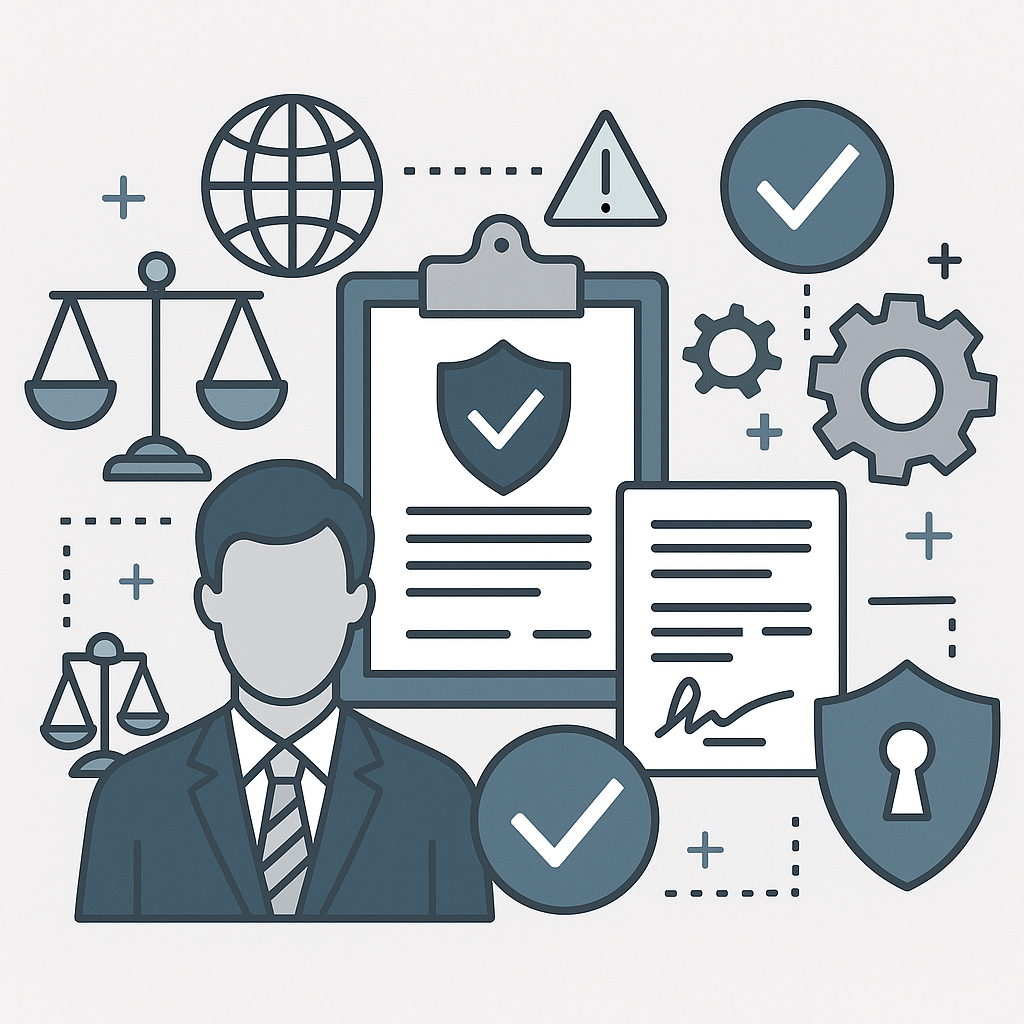Legal documents can be overwhelming and confusing for many, especially when time is of the essence. Whether it’s a contract, a lease agreement, or a court document, the language used in legal texts is often complex and filled with jargon. However, understanding these documents quickly is essential to making informed decisions. Here are key strategies to help you comprehend various legal documents in a short period.

1. Break Down the Document into Sections
Legal documents are typically organized into sections that address different aspects of the agreement or issue at hand. The first step to quickly understanding a legal document is to break it down into manageable parts. Skim through the headings and subheadings to get a general overview of the content.
Focus on one section at a time and summarize what that section is about in your own words. This technique helps you avoid feeling overwhelmed and makes it easier to digest the information in smaller pieces.
2. Consult a Contract Lawyer When in Doubt
Even with these strategies, some legal documents are too complex to fully comprehend in a short period, especially if they involve large financial commitments or serious legal obligations. In such cases, seeking advice from a Contract lawyer is a wise decision. A lawyer can quickly interpret the document, explain its implications, and alert you to any unfavorable terms or potential risks.
Contract lawyers have specialized knowledge of legal documents and can save you significant time by highlighting the sections that matter most. They can also help you negotiate better terms or suggest modifications to the agreement that better protect your interests. Consulting a professional can help ensure that you don’t miss anything important and that you make informed decisions.
3. Look for Key Terms and Definitions
One of the most challenging aspects of legal documents is the use of specific terms that may have meanings different from everyday language. Most legal agreements contain a “definitions” section near the beginning, where key terms used throughout the document are explained.
Familiarize yourself with these terms before reading further, as understanding them will make the rest of the document much easier to follow. Legal dictionaries, available online, can also be a helpful tool when encountering unfamiliar legal terminology. Once you’ve grasped the meaning of key terms, reading through the document will be faster and more efficient.
4. Identify the Main Purpose of the Document
To speed up your comprehension of any legal document, it’s crucial to identify the main purpose early on. Is it an employment contract, a loan agreement, or a service contract? Understanding the nature of the document helps you focus on the key sections that directly impact your decision-making.
For instance, if you’re reviewing a lease, focus on sections dealing with rent, lease duration, and tenant responsibilities. For contracts, pay particular attention to terms of payment, timelines, and the obligations of both parties. By focusing on the most relevant portions, you can cut down the time spent reading through less important sections.
5. Take Notes or Create a Summary
As you read through the legal document, take notes or create a summary of each section. Writing down key points helps solidify your understanding and ensures that you won’t have to reread the entire document if you need to refer back to specific sections.
Highlight important deadlines, financial obligations, and any potential penalties for non-compliance. A concise summary allows you to focus on what matters most and prevents you from getting lost in the legal language. Summarizing can also be helpful when seeking advice from a professional, as it allows them to review key points quickly.
6. Watch Out for Common Pitfalls
When trying to understand legal documents quickly, it’s important to be on the lookout for common pitfalls that can cause misunderstandings. Some of the most critical sections to watch closely include:
Termination clauses: These outline how either party can terminate the agreement and under what conditions.
Dispute resolution: This section explains how disputes will be handled, whether through arbitration, mediation, or court.
Automatic renewal clauses: Many agreements contain automatic renewal provisions, which could bind you to extended obligations if not canceled within a certain timeframe.
These sections can have long-lasting implications if misunderstood, so take extra care in reviewing them. If anything seems unclear, consult with a professional before signing.

Understanding legal documents doesn’t have to be an intimidating or time-consuming process. By breaking down the document into sections, focusing on key terms and clauses, and seeking help from a professional when needed, you can quickly and effectively comprehend legal texts. These strategies will not only save you time but also protect you from potential pitfalls and ensure that you’re making well-informed decisions.



